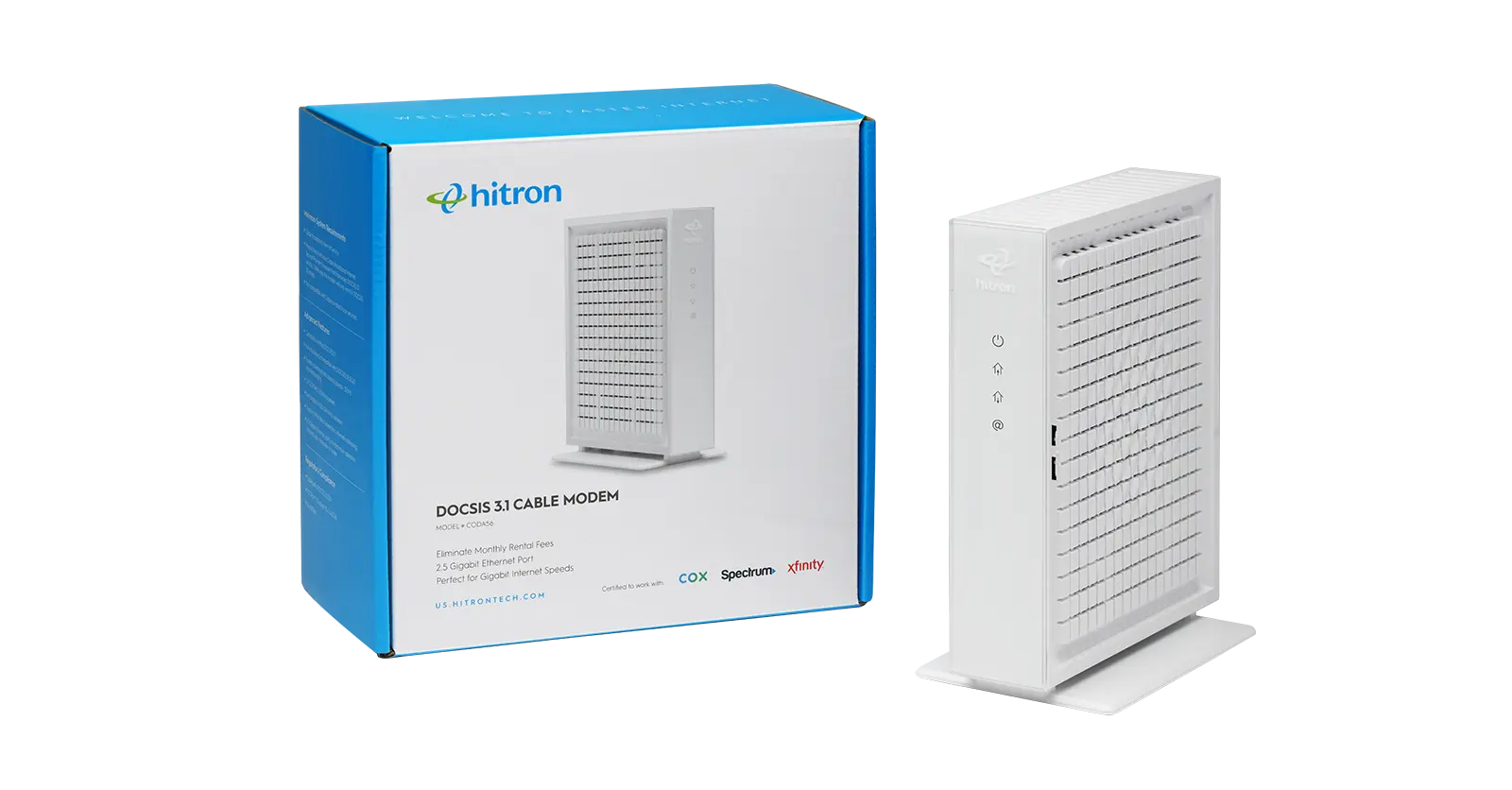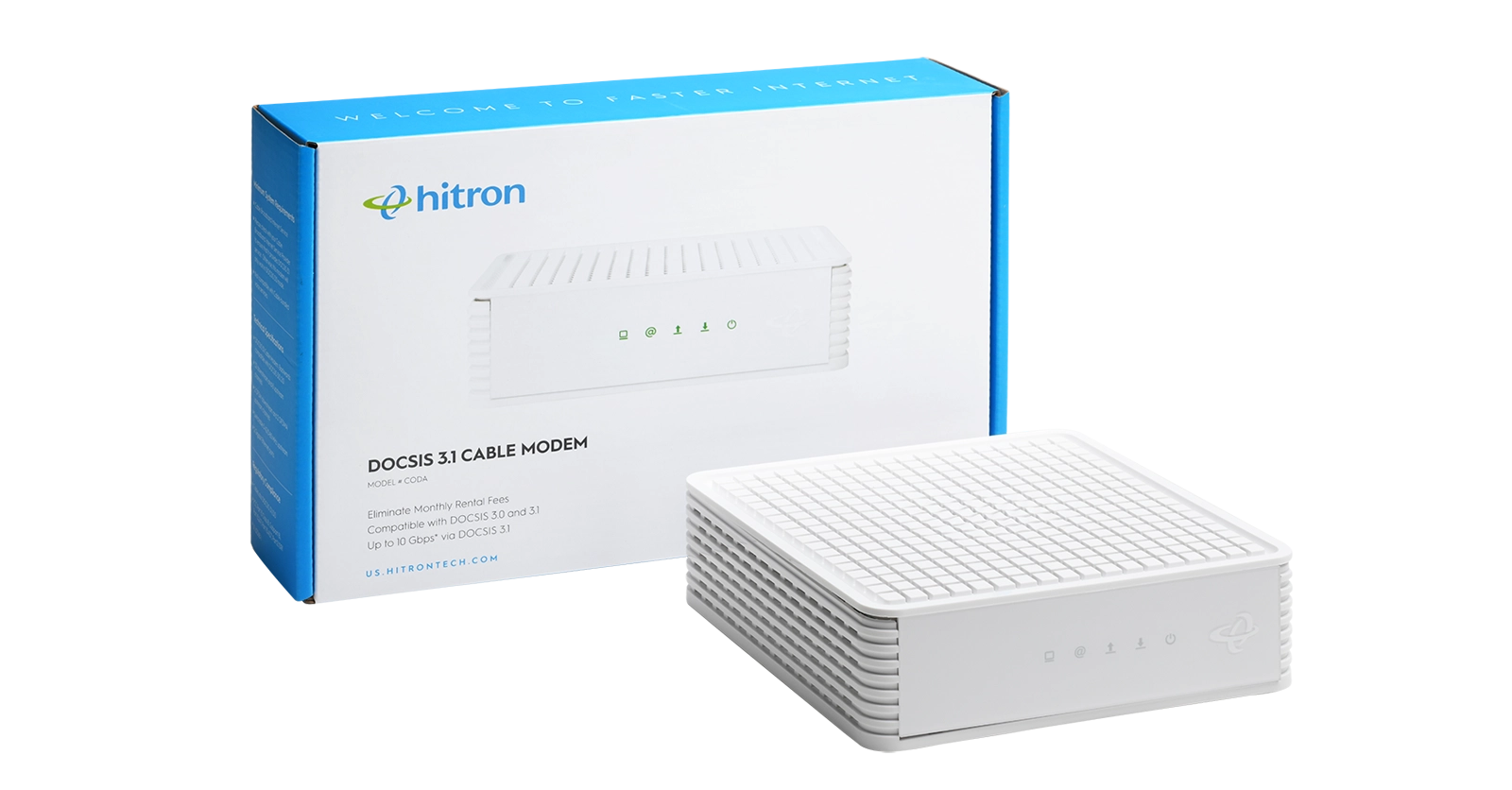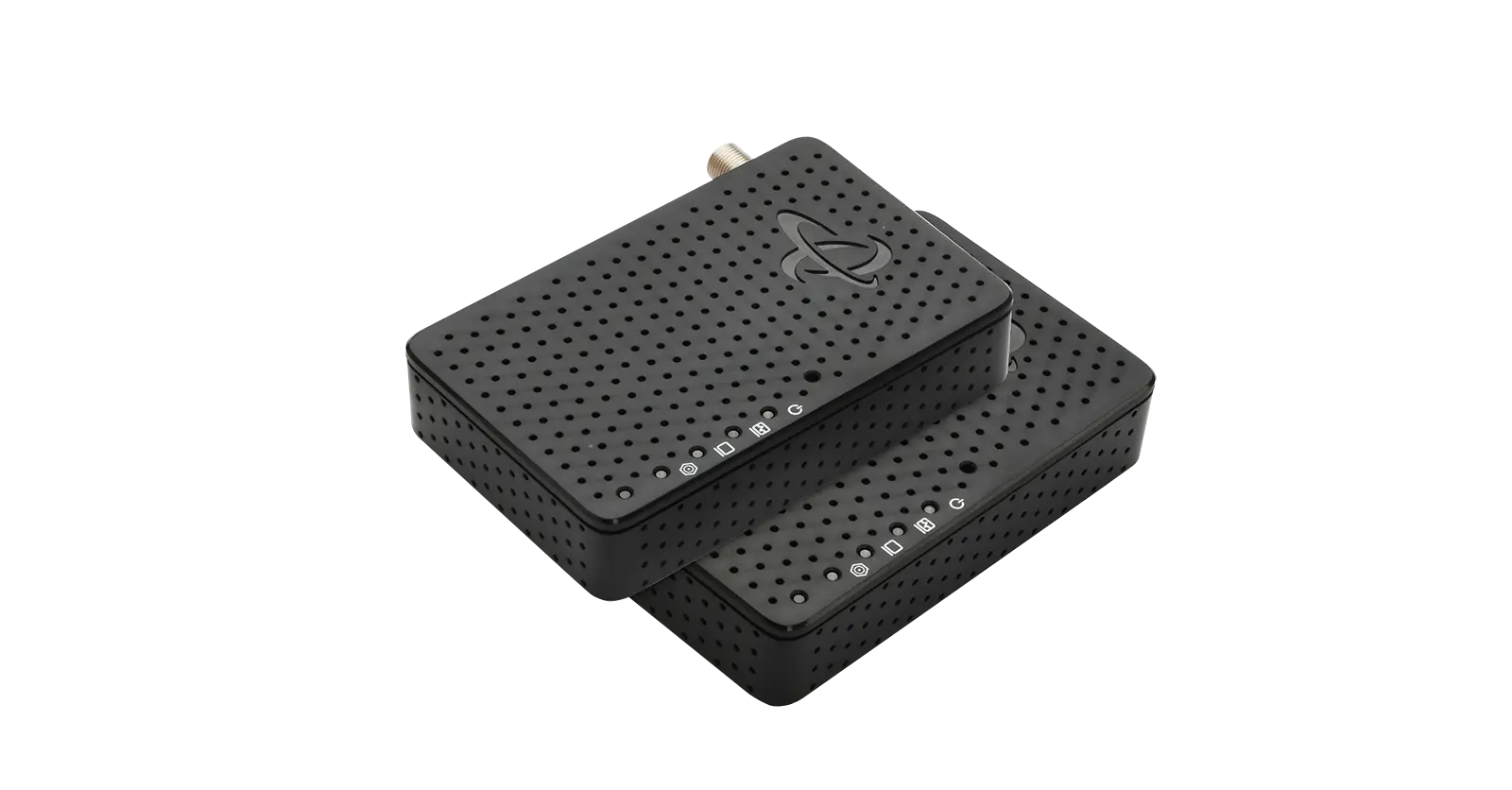The measurement of Internet speeds can be confusing, especially when it comes to WiFi speeds vs Internet speeds. There’s more to understand about Internet speed than if it’s fast or slow. The top 3 things to understand are:
- How Internet speed is measured
- How fast your Internet needs to be
- Whether faster Internet is always better
Let’s get into it.
1. How is Internet Speed Measured?
Your Internet speed is based on the time it takes your Internet connection to download and upload data. The standard measurement for Internet speed is Megabits per second (Mbps). The number of Mbps measures how fast information downloads or uploads from the Internet to your various devices.
Another term to understand is bandwidth. Bandwidth is also measured in Mbps (standard). Broadband Internet is service with a wider bandwidth over a high-speed Internet connection. Many Internet Service Providers (ISP) broadband today.
Speed and bandwidth are not the same thing. Here’s the difference:
- Speed is the rate that the data transmits.
- Bandwidth is the amount of data that is transmitted.
While Mbps is standard, we live in a world where more and more connected devices are in demand every second of everyday. That’s why there is also Gigabit (Gbps) Internet speed, to support the more demanding devices and networks.
So, which is right for you?
2. How fast should your Internet be?
Anywhere from 25 – 100 Mbps is plenty of Internet speed for most American households depending on how you use your Internet. Let’s dig deeper:
Most people only need 25 Mbps for download and 3 Mbps for upload broadband Internet speed, according to the Federal Communicatons Commisson (FCC).
Internet usage vs Internet service levels
The FCC has defined Internet usage levels in the following way:
- Light use includes minimal functions such as email, web browsing, video streaming and internet radio.
- Moderate use includes those basic functions plus one of the following high-demand utilities: HD video streaming, video conferencing, online gaming and other functions needed for a remote worker.
- High use includes basic functions plus more than one high-demand utility running at the same time.
Here’s how the FCC defines Internet service levels:
- Basic service is 3 to 8 Mbps; best for light use, one to two users or devices at a time
- Medium service is 12 to 15 Mbps, best for moderate use for two to three users or devices at a time
- Advanced service is 25+ Mbps, best for moderate or high use for four or more users or devices at a time
Deciding between Internet usage vs Internet service levels
What’s right for you depends on:
- the amount of people in your household
- number of devices connected to the Internet
- the type of Internet activity
If you alone or your whole household partake in bandwidth heavy Internet activities all at once (such as online gaming, streaming HD video, taking online classes or working from home) then you might consider looking into faster Internet like higher Mbps, or even Gigabit speeds. Gigabit speed (Gbps) can help avoid slowdowns and poor performance.
So, how you do get faster speeds and more bandwidth?
There are a couple of reliable option:
- You can achieve faster network speeds and WiFi speeds with MoCA Adapters, which create a wired connection using your existing coax cable wiring. To make sure your coax wiring or coax outlet is active, use a coax cable tester like the DSS01 from Hitron to quickly test the connection.
- If you have been looking into Gigabit Internet plans from your cable ISP you need a cable modem that can deliver those speeds to your end devices. Hitron’s CODA Gigabit cable modem is perfect for this task, and it will future-proof your Internet connection to handle speed increases from your ISP in the future.
3. Is faster Internet always the best option?
No, not always. It’s important to have the latest modem technology to handle faster Internet speeds. Today, DOCSIS 3.1 technology in cable modems is the latest technology that is capable of handling Gigabit and Multi-Gigabit speeds. It’s true that the latest technology provides faster download/uploads. Which, in turn, is better for your Internet connection so you can fully harness your Gigabit speed plans.
If you’re in the market to get faster Internet, consider MoCA technology or upgrading your modem to the latest technology. In turn, you can improve your WiFi connection speeds in every corner of your home with HT-EM4 MoCA adapters or CODA DOCSIS 3.1 cable modem.
We have more articles that cover cable modems and MoCA Adapters. Please check them out at Hitron’s Learn Page for more Internet speed and boosting resources.


